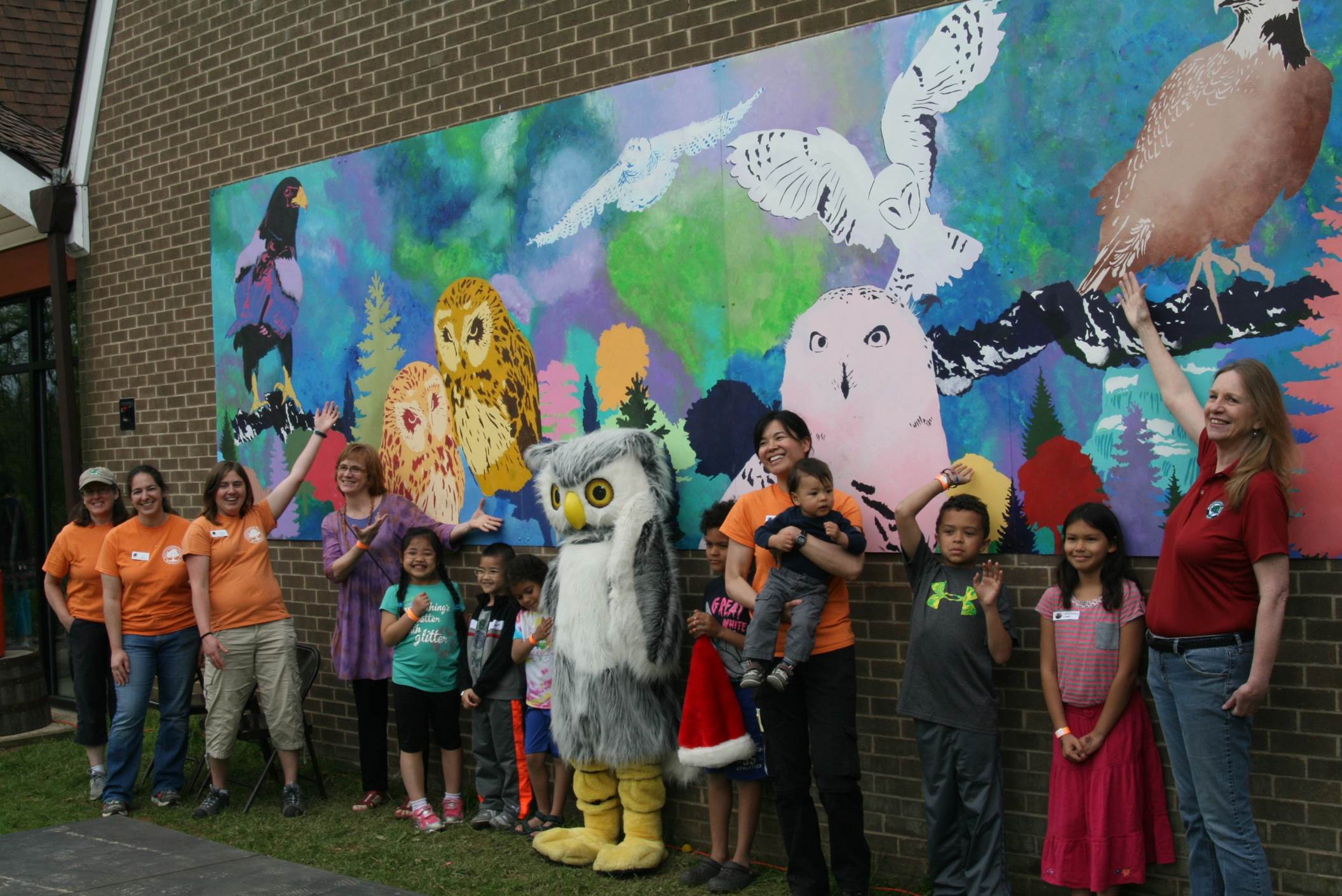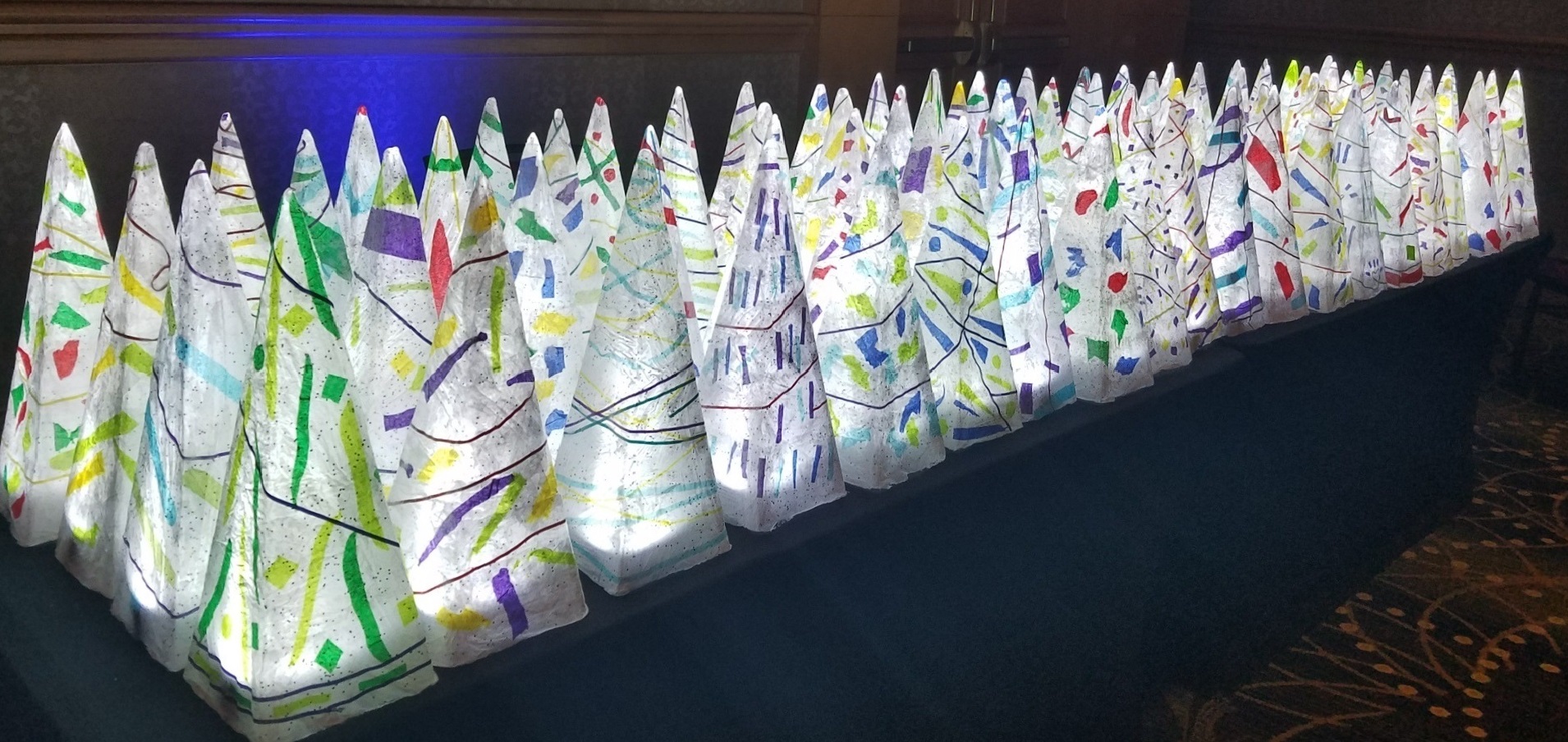Poet and essayist Seema Reza recalls being in a restaurant with her son when an employee approached their table.
The man asked if she remembered him from a class she taught in Clarksburg and wanted to say hello. The individual, at the time incarcerated at the Montgomery County Correctional Facility (MCCF), was part of a poetry class through Project Youth ArtReach. The program, focusing on a variety of creative art workshops and programs for incarcerated individuals, is through the Silver Spring-based nonprofit Artivate.
Reza remembered the man had been difficult during instruction time. Yet, on the day they reconnected away from the correctional facility, he was happy to see her. “I got to see this whole other side of him,” she said. “That was really rejuvenating for me. Mass incarceration is such a big problem and we are not solving it by doing poetry with folks. But then to have this interaction with him on the outside where I saw (my session) was a valuable thing.
“I can’t really know what the benefit is going to be for somebody, but I know that poetry has saved my life and being able to share it with folks that maybe haven’t had access to an arts education before feels like dropping one drop of light into a lot of darkness.”
Initiated two decades ago under the name Class Acts Arts, Artivate seeks to bring high-quality culturally and artistically diverse programming into the community including schools, festivals and government agencies through professionally-trained artists.
Members of a young men’s unit at the Montgomery County Correctional Facility paint on mural panels donated and installed in the men’s homeless shelter on Gude Drive, Rockville; the lead artist was Arturo Ho.
Photo credit: Dan Gross/Gazette
Project Youth ArtReach works with several different juvenile detention centers across the state as well as MCCF in different areas including a crisis intervention unit for those with mental health needs, a youthful offenders unit featuring men between ages 18 and 22 and a women’s unit with a wide range of ages. Some are solo performances done one day only, while others are weekly classes that span eight to 10 sessions.
Coordinator Claire Schwadron joined the nonprofit in 2000 and took over the Project Youth ArtReach program in 2003. With a background in art and teaching, she was excited to be working with teenagers.
The program features musicians such as Kofi Dennis who teach workshops in African drumming, storytellers discussing personal and traditional stories while breaking down how to create them and visual arts like mixed media, mural arts, sculpture and painting. Some of the murals created by the inmates have been displayed at the Montgomery County Humane Society and the Meadowside Nature Center.
“We are trying to include different parts of the community (in the program) to both educate inmates about the work that is being done in the community by nonprofits and why we rely on nonprofit organizations to pick up some of the work that the county can’t do,” Schwadron said. “and then the inmates have an opportunity to learn not just about design and execution of something like a mural project, but gives them the opportunity to make that contribution for their efforts.”
Reza noted that most of Schwadron’s work cannot be captured because it happens behind bars where phones are not allowed. She must work with the facilities to schedule times and writes grant proposals to fund the program. “She’s a force,” Reza noted. “A real quiet force and it’s an honor to just watch her do this.”

Most of Reza’s sessions with Artivate work with the military population, including active service members who receive mental health care. She has done a couple on memoir and poetry writing with Project Youth ArtReach. “My real focus is on helping folks gain a kind of emotional literacy,” she said. “Words to articulate what they are experiencing and feeling so that they can make better decisions in the future.”
Reza observed that our culture may make us think of literary as knowing how to read and receive information. She want to change the feeling some people have that they might not have a way to contribute. “When we make space for that and honor people’s writing and affirm them when they are writing, you see this shift and a sense of responsibility and believing in their own story,” she said.
Carien Quiroga has taught visual art including drawing and painting with the program for a decade. She goes weekly to the MCCF’s crisis intervention unit, but also has taught in the women’s and youthful offender units. “MCCF is very supportive of arts programming and they realize the value of it,” she said. “I wish people would know how valuable arts programming is for inmates’ mental health, to promote self-regulation and positive behaviors.”
The men who partake in the weekly class set up the classroom and everyone has a role. “It is empowering for them to do something that they would not normally do,” Quiroga said. “It’s almost a leadership role.”
When new participants join the class, the existing members share the classroom behavioral expectations with them. “They realize the value of the class,” Quiroga said. “They are very protective of the class. They want to make sure the class continues. They will call out people who may not be following the rules.”
Quiroga most enjoys witnessing participants making progress, learning new skills and gaining a sense of pride. “I just really believe in the power of art and the creative process to positively impact people’s mood and behavior and their self-esteem,” she said. “There are stereotypes around incarcerated people and when you work with them, you realize they have a need for stress relief and participating in something that is fun. It is fun learning new skills and feeling they are able to do things beyond the expectations of society and themselves.”

Schwadron has run into participants after their release. One saw her on the streets of Silver Spring. “He wanted to tell me that he is doing well,” she recalled. “He was locked up for 18 months and didn’t know how he was going to survive. He signed up for every art class and looked to the next art class. It was his way of hanging in there.”
At an area Panera Bread, she encounter a man who had worked on one of the program’s mural projects. He was working in his uncle’s mechanical shop, but stopped to thank her for letting him be a part of something positive.
Schwadron acknowledged that some individuals sign up for the program as a way to get out of their cells for two hours. “We have that hurdle initially … It can mean they are restless, and they don’t think they are interested. But we really don’t care why they come to our class … We know once we get them, we can get them interested and engaged because of the quality of the art that is being taught,” she said. “We hit the ground running and keep the bar high. It is not arts and crafts. We are pretty serious about the programming that we offer.”
Participants are exposed to art and art history, techniques and the opportunity to try something new. “For all of us, when you do that, it usually boosts your self-esteem a little bit or it tells you or helps your brain to say, ‘I can do this.’”
Many of the teenagers who participate are resistant at the start. They may say “I can’t – or don’t want to do this” or “You can’t make me.” Yet, their attitudes change.
“We have a chance, and they have a chance, to focus on their assets rather than their deficits,” Schwadron said. “This is different. Inside the jail, so much of the focus is on what I have done wrong: what I am accused of or how my life is not going how I wanted it to go or someone is controlling my every move — what I eat, how I dress, what I can do, what I can’t do. It’s depressing. You are stripped of some dignity.
“We bring them choice. We bring them opportunity and the chance to shine.”